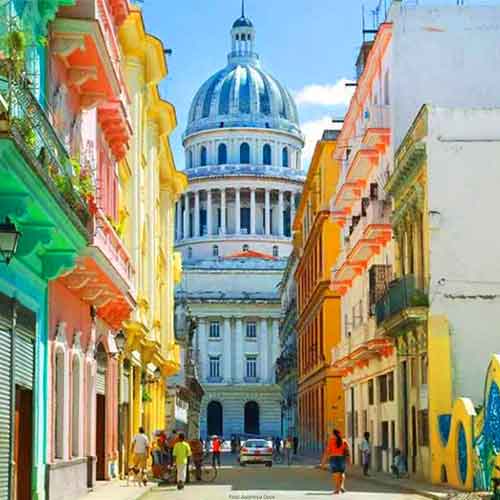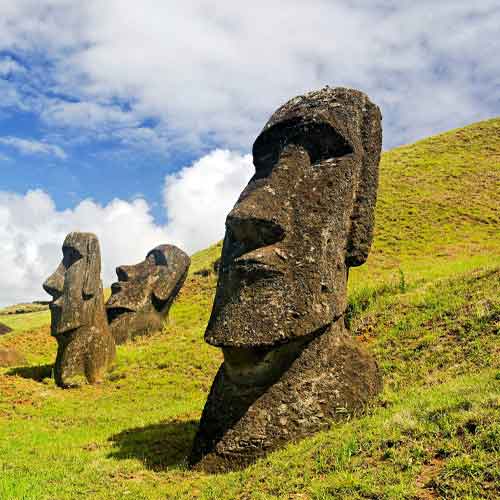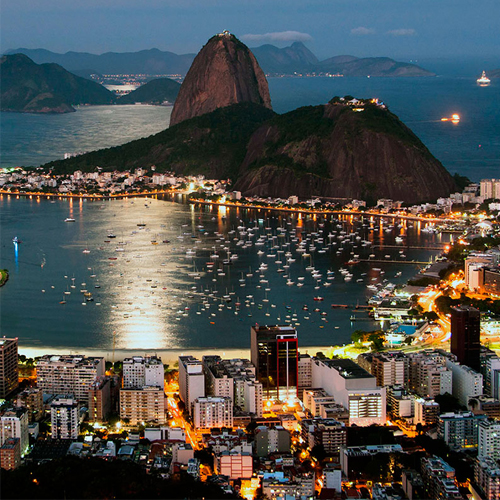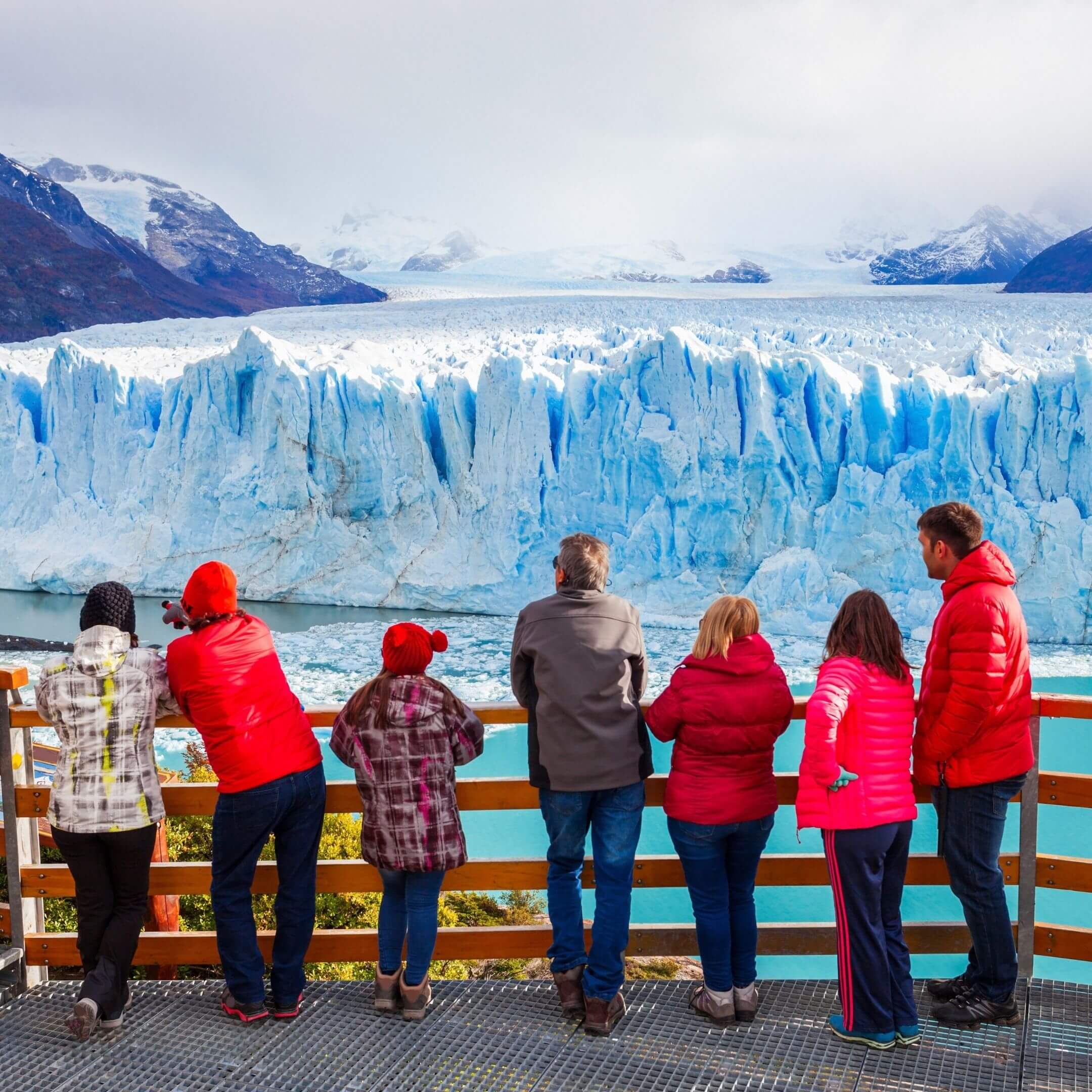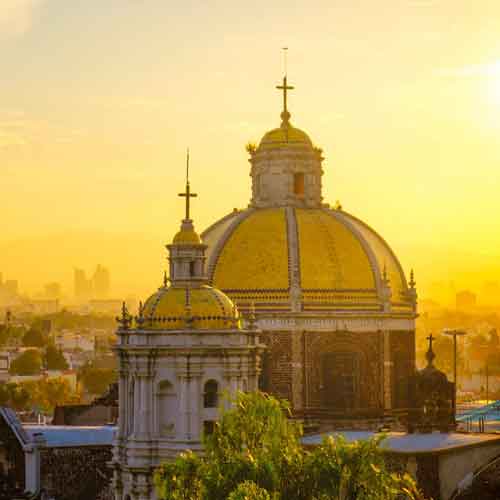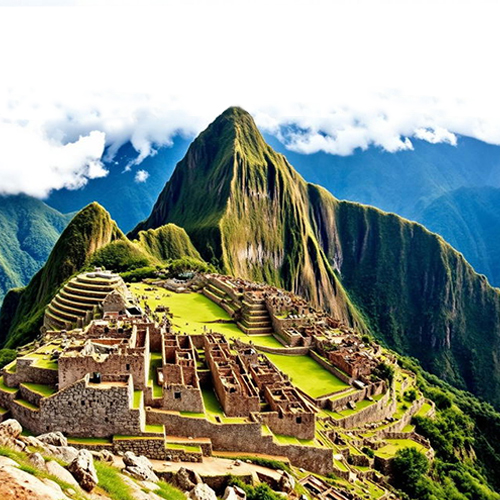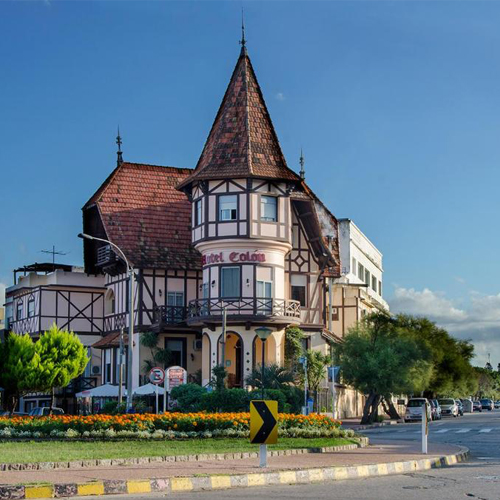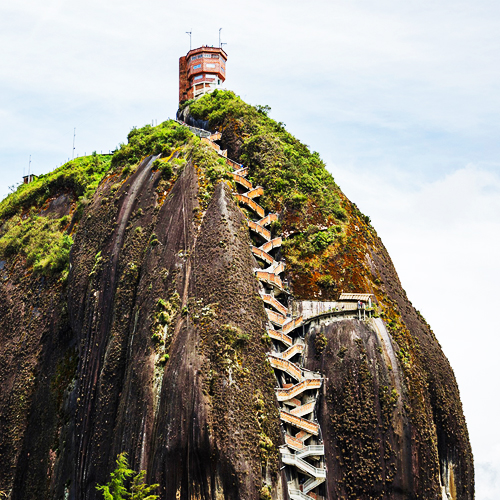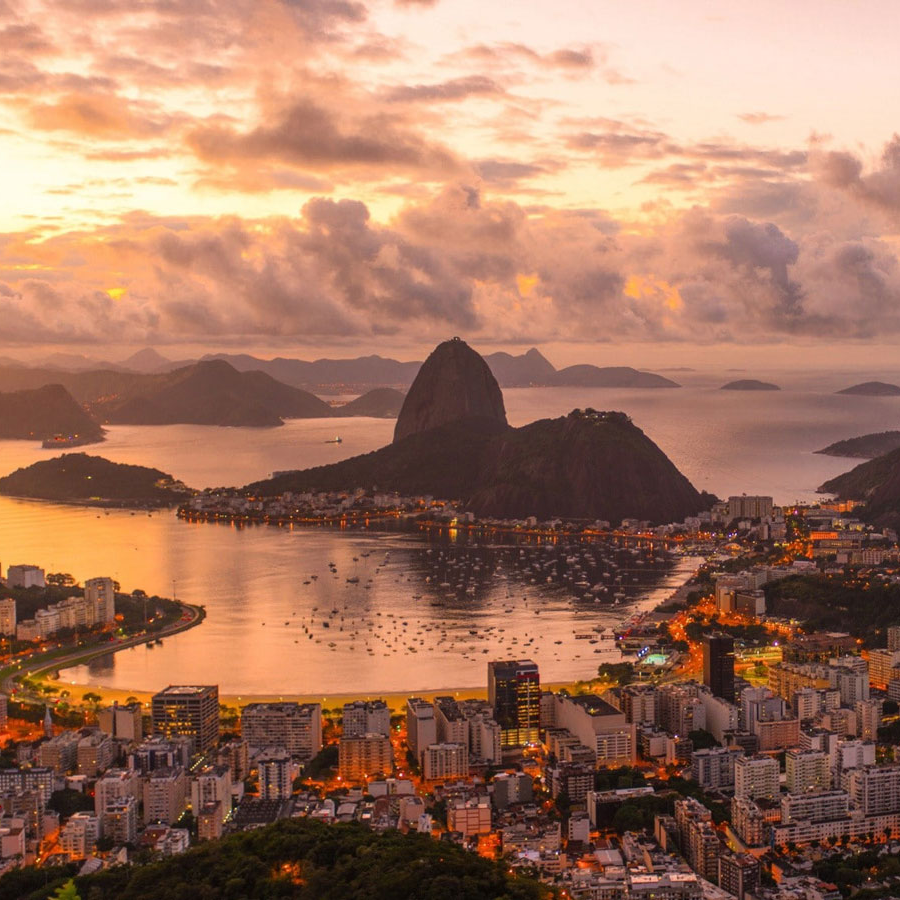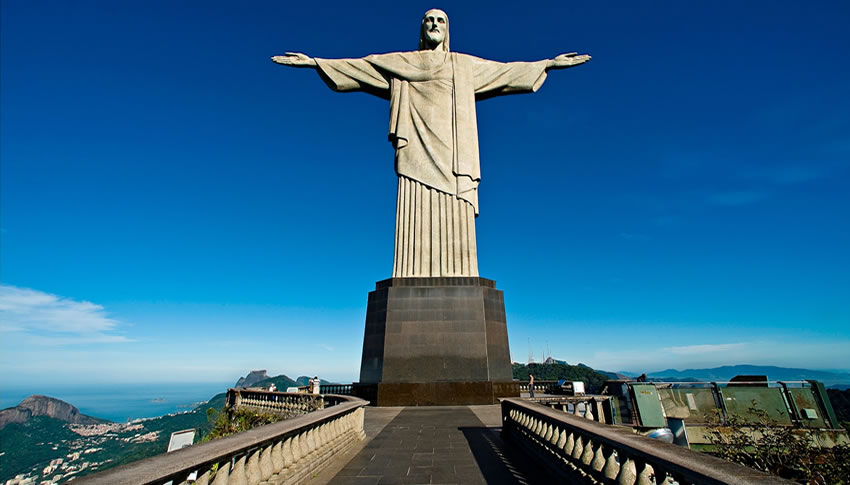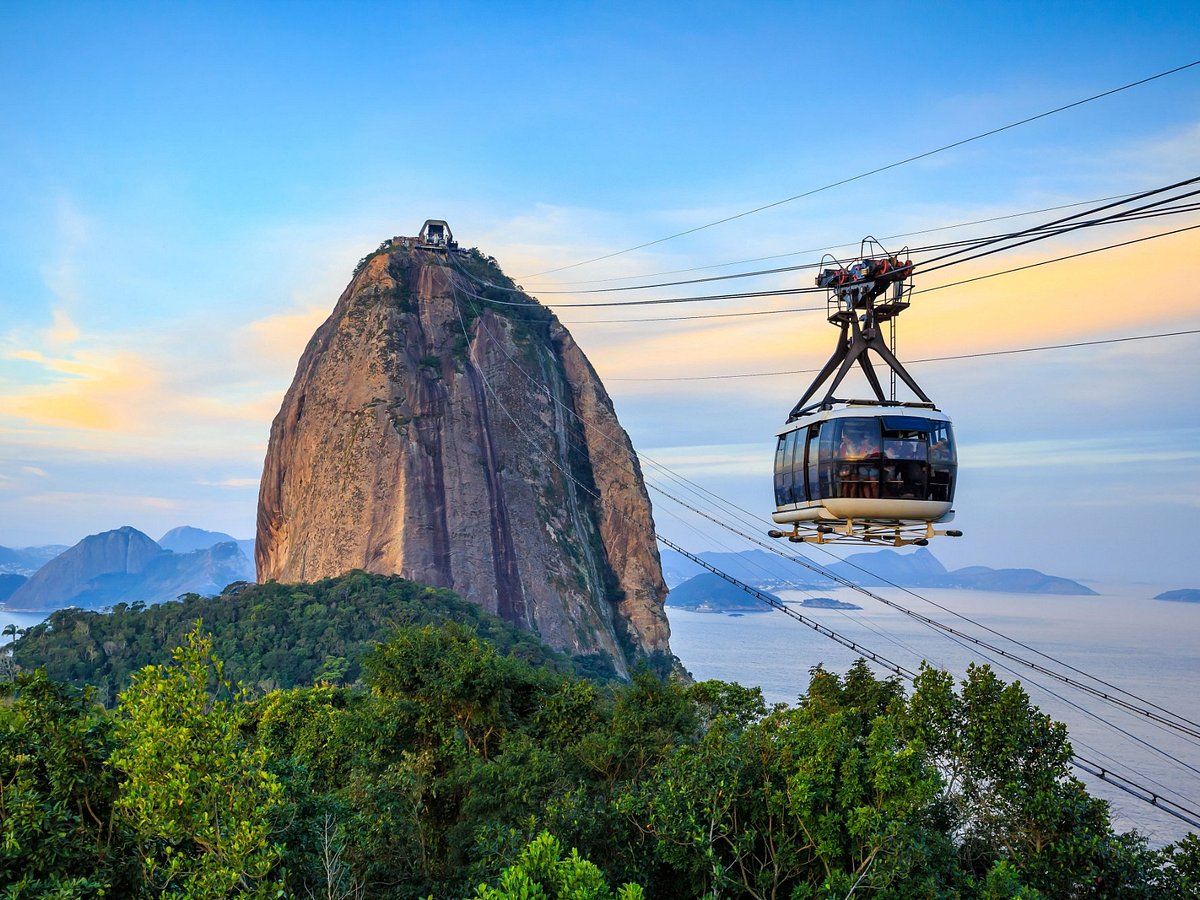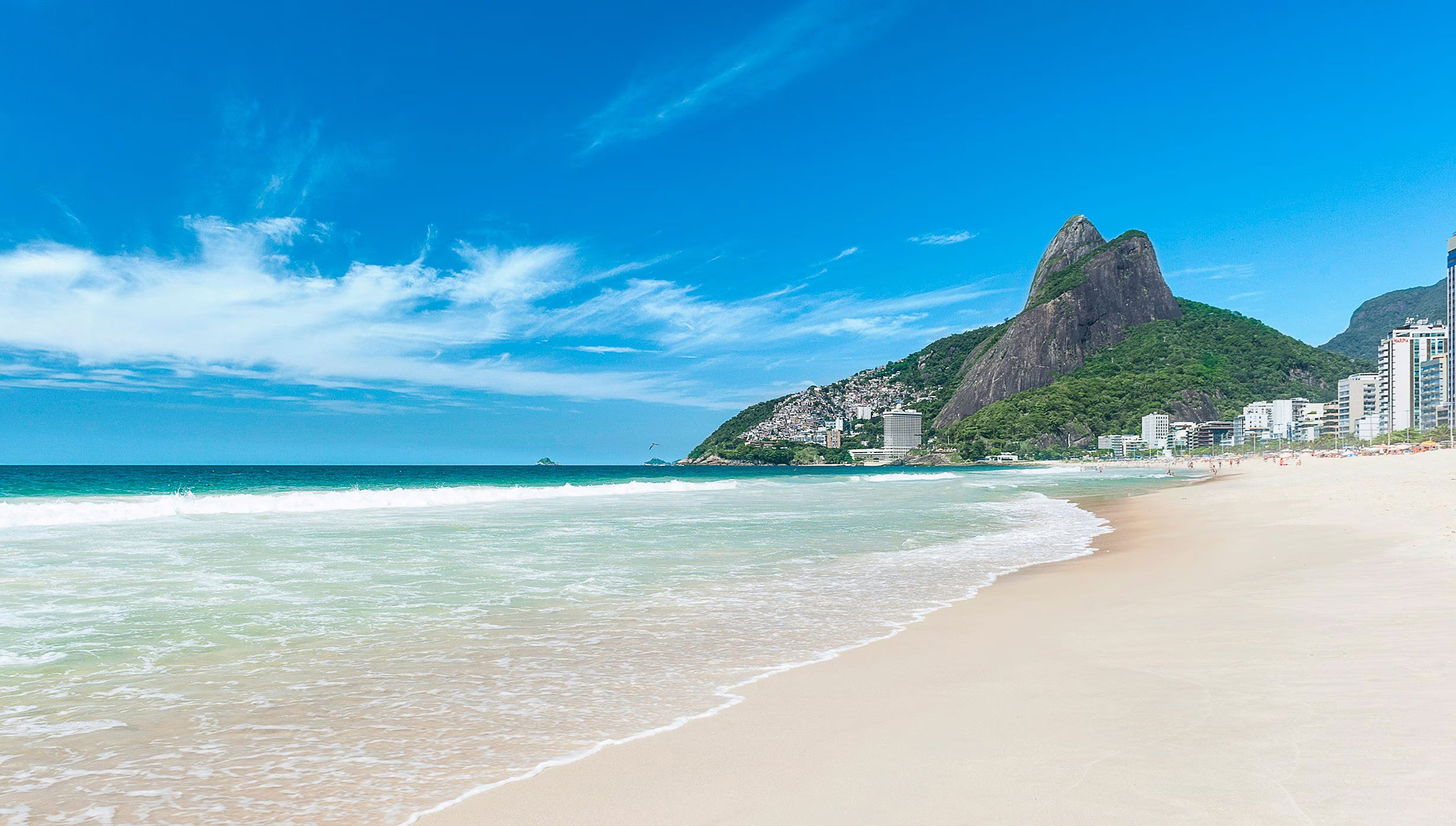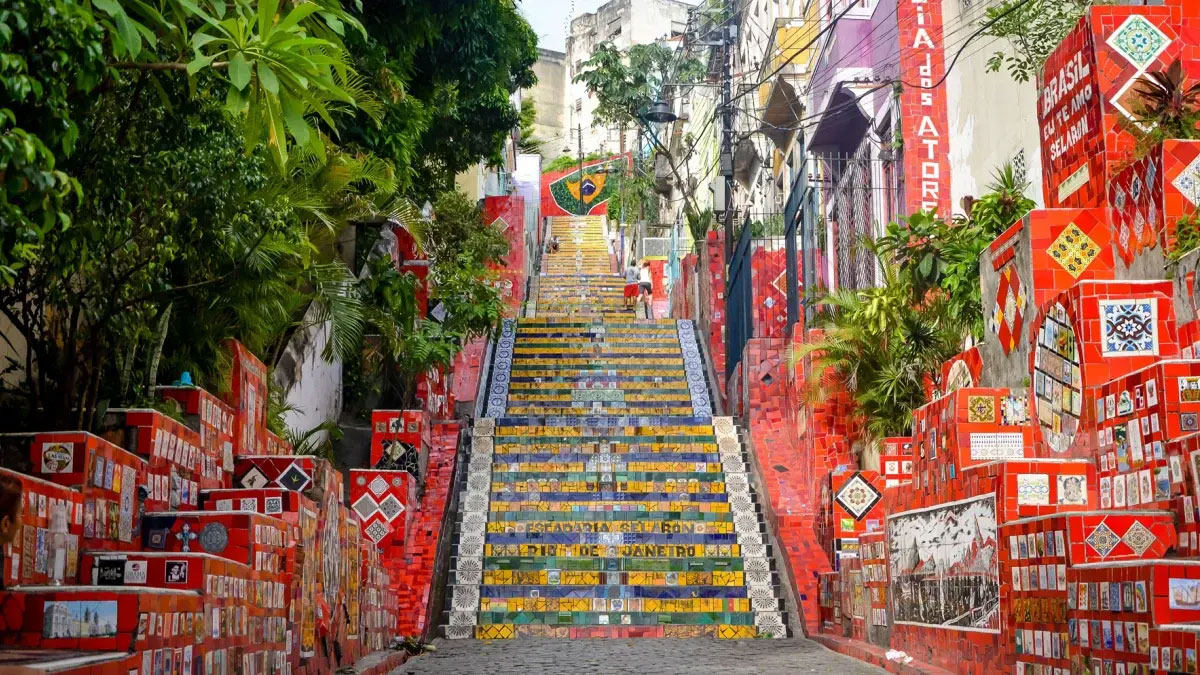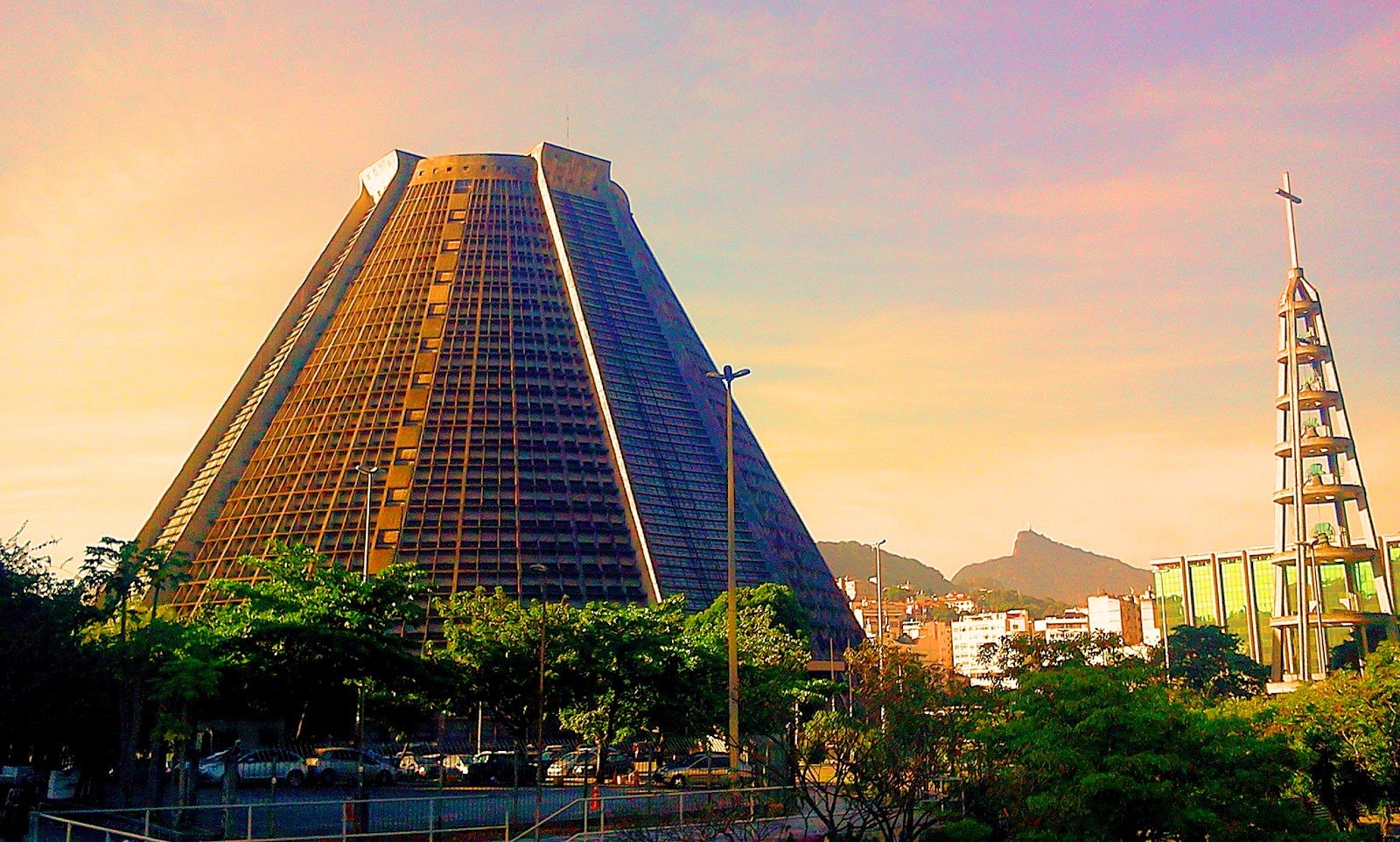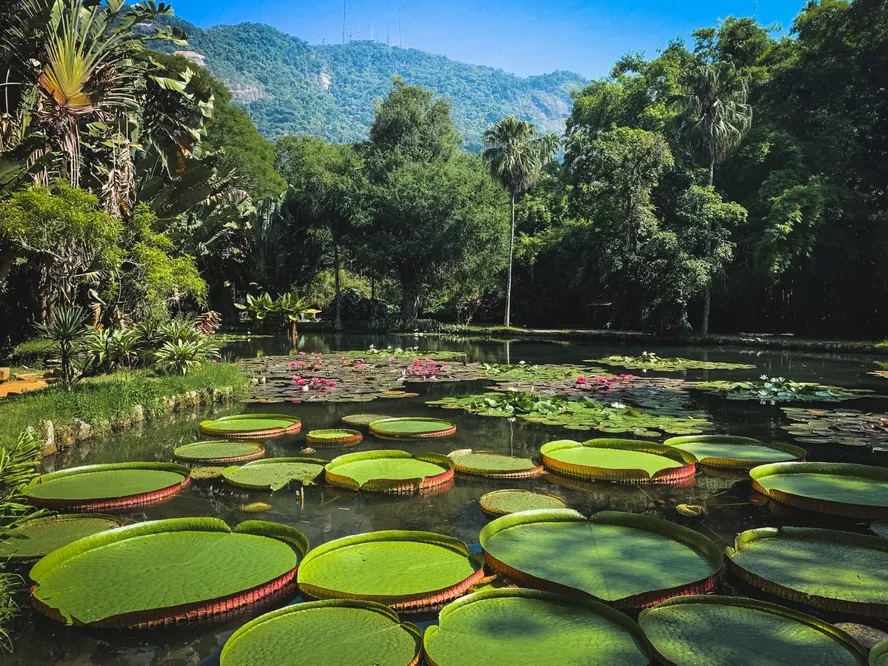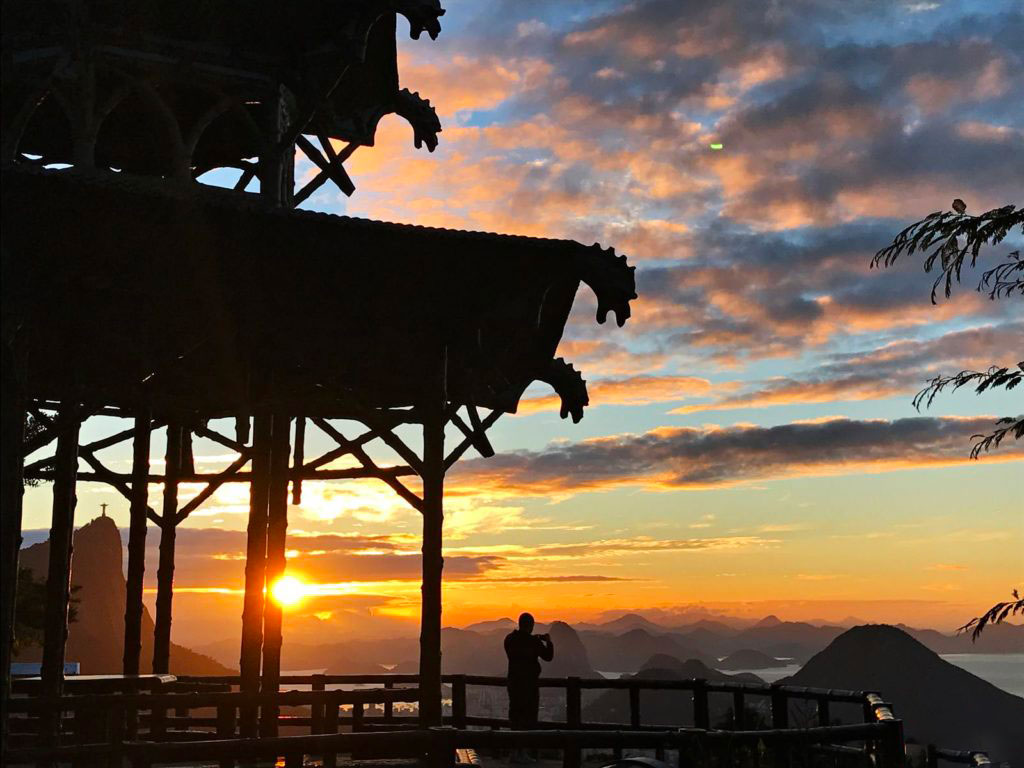Rio de Janeiro
Rio de Janeiro, the second-largest city in Brazil, is a vibrant metropolis known for its stunning natural beauty and rich cultural heritage. With its iconic landmarks such as the Christ the Redeemer statue and Sugarloaf Mountain, as well as its world-famous beaches like Copacabana and Ipanema, Rio offers a diverse range of attractions that cater to every traveler’s interests.
The city is also a hub for business and commerce, with a strong economy driven by sectors such as finance, tourism, and energy. Rio’s strategic location and its status as a major port city make it an important center for international trade and investment.
Despite its many positive attributes, Rio de Janeiro also faces challenges, including poverty, inequality, and crime. However, the city’s resilience and commitment to sustainable development make it an exciting and dynamic place to live and work.
Christ the Redeemer
The iconic Christ the Redeemer statue stands at an impressive height of 39.6 meters, with its arms stretching 28 meters wide, representing a remarkable achievement in engineering and artistry. Situated on the majestic Corcovado Mountain at an elevation of 710 meters, this colossal structure weighs approximately 635 tons. Depicting Jesus Christ with open arms, the statue symbolizes acceptance and compassion for all humanity. Its construction took over a decade, beginning in the 1920s and concluding 11 years later. Recognized as the fifth-largest statue of Christ in the world and the fourth-largest statue overall, Christ the Redeemer holds a distinguished place among the New Seven Wonders of the World.
Sugarloaf Mountain
Sugarloaf Mountain, rising to an impressive 396 meters, is one of Brazil’s most famous tourist attractions. The most convenient way to reach the summit is by cable car, which carries up to 65 passengers and covers a distance of 1,400 meters between Sugarloaf and Cara de Cão every 20 minutes. The first stop on the ascent is Urca Mountain, located approximately 220 meters above sea level. Here, passengers transfer to another cable car that takes them to the summit of Sugarloaf Mountain. Throughout the journey, the cable car offers breathtaking panoramic views of Rio de Janeiro.
Copacabana Beach
Copacabana Beach, stretching four kilometers along the Atlantic Ocean, is a world-famous destination. This iconic beach offers a wide range of activities beyond swimming, including beach volleyball, soccer, and Sepak Takraw. As the sun sets, local music and dance performances fill the air with energy, creating an enchanting atmosphere that makes Copacabana Beach truly unforgettable.
Lapa
It is ideal for its vibrant nightlife. This neighborhood is filled with diverse cafes offering music and dance, which spill out onto the streets on weekend evenings. Its architecture dates back from the 100s to the 1800s, creating a visually captivating landscape. The Selarón Steps (Escadaria Selarón) are a famous set of colorful stairs connecting the neighborhoods of Lapa and Santa Teresa.
Saint Sebastian Cathedral
The Cathedral of Rio de Janeiro, designed by Edgar Fonseca and completed in 1979, features a unique and contemporary architectural style. Its striking pyramid-shaped structure is adorned with vibrant stained glass, while the main entrance is decorated with 48 intricately crafted bronze plates with relief designs. Inside, the cathedral boasts magnificent stained glass windows that create an awe-inspiring ambiance. Additionally, the basement houses a sacred art museum displaying a collection of sculptures, murals, paintings, and calligraphic works historically used for the baptisms of Portuguese royal princes.
Jardim Botânico
This park is one of the largest tropical botanical gardens in the world, covering an area of 140 hectares. Located at the base of Corcovado Mountain, it features an impressive collection of 6,000 distinct species of tropical and subtropical plants and trees. Notably, it is home to 900 species of palm trees, highlighting the remarkable diversity of Brazil’s flora. Additionally, it showcases 600 species of orchids and carnivorous plants, among other botanical marvels.
Beyond its rich plant life, the park also includes several historical buildings, fountains, and other noteworthy attractions. These features include the open garden, a serene pond adorned with water lilies, and the informative environmental museum.
Chinese View
The “Chinese View” is a popular tourist attraction in Rio de Janeiro, Brazil. Located atop a hill that connects the Botanical Garden (Jardim Botânico) to the Tijuca National Park and Forest, it offers visitors breathtaking panoramic views of the city. To reach the Chinese View, visitors travel along a scenic path through the world’s largest urban forest, passing by several waterfalls along the way..
